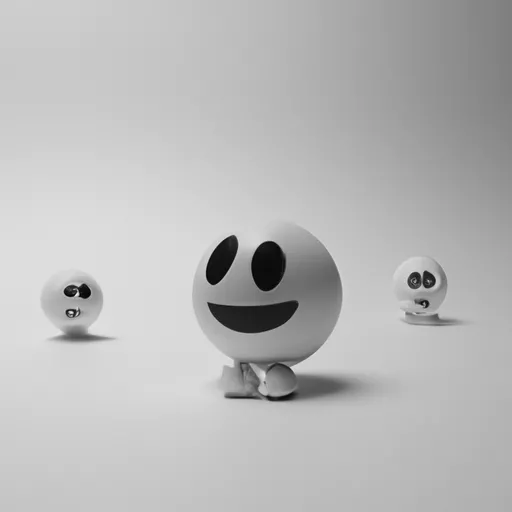
Animation is an essential part of web design in our digital age. Dynamic animations and impressive transitions can add interest and attractiveness to a web page, making it more appealing and memorable. They can grab the attention of visitors and help convey information more effectively.
One way to create dynamic animations in web design is by using CSS animation. CSS animation allows you to create simple and complex animations using only CSS code. It doesn't require JavaScript or other programming languages to create animations, which simplifies the process of creating and maintaining animations.
To create an animation using CSS, you need to specify which properties of an element will change during the animation and how long the animation will last. You can define various properties, such as color, size, position, and opacity of an element. You can also set different values for these properties to create movement or alter the appearance of an element.
To create more complex animations and transitions, you can use CSS frameworks like Animate.css or CSS animations from the Bootstrap library. These frameworks provide ready-to-use CSS classes and keyframes to create various animations and transitions. Using CSS frameworks makes it easier to create and modify animations on a web page quickly.
Another way to create dynamic animations in web design is by using JavaScript. JavaScript allows you to create more complex and interactive animations than CSS. With JavaScript, you can create animations that respond to user actions or change over time. You can create animations based on mouse movement, key presses, or page scrolling.
Creating dynamic animations using JavaScript may require more complex coding and time, but it gives you a more flexible and powerful tool for creating animations and transitions. With JavaScript, you can create animations that are not achievable with CSS, such as morphing and distorting elements or creating complex effects like reflections or 3D inversion.
Web designers also have access to ready-to-use libraries and frameworks for creating dynamic animations, such as jQuery and GreenSock. These tools provide a wide range of functions and methods to create and control animations and transitions. They simplify the creation of complex animations and transitions and allow you to create interactive and captivating visual effects.
However, when using animations and transitions in web design, it's essential to consider that too much animation or complex effects can be distracting and slow down page loading. Therefore, it's important to use animations and transitions wisely to make a web page more attractive and interesting without overwhelming it with excessive effects.
In conclusion, creating dynamic animations and captivating transitions in web design can significantly enhance the user experience and make a web page more appealing and memorable. CSS and JavaScript provide various techniques and tools for creating animations and transitions, from simple to complex. It's important to use animation thoughtfully and deliberately to avoid it becoming distracting or slowing down page loading. Ultimately, well-designed animations and transitions can help grab attention and convey information more effectively, making a web page more memorable and attractive to visitors.


